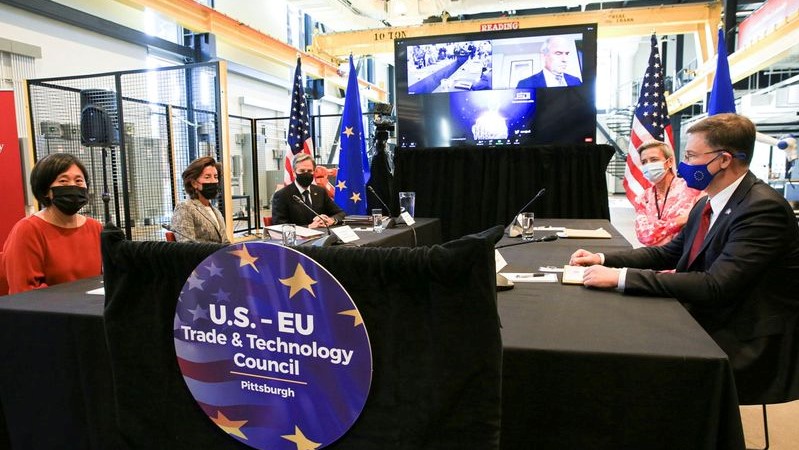The official statement released at the conclusion of the meeting painted an upbeat picture. Both sides expressed their strong support for the continued growth of the technology, economic, and trade relationship. To accomplish this goal, 10 working groups were established along with five separate “annexes”, on investment screening, export control cooperation, artificial intelligence, semiconductor supply chains and global trade challenges.
Despite the positive spin, it is instructive to note the two very different perspectives each side brings to the endeavor. The council was proposed by the EU in the aftermath of Joe Biden’s election in November 2020. After four years of rocky relations under the Trump administration, the EU was eager to establish a vehicle that could put the relationship back on track. The Biden administration did not formally agree until June 2021. It quickly became evident that the US viewed the council as being as much (if not more) about China than transatlantic relations.





